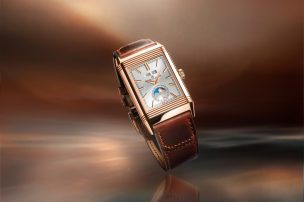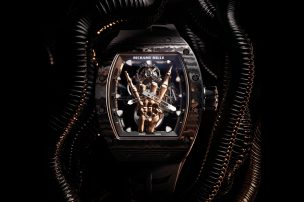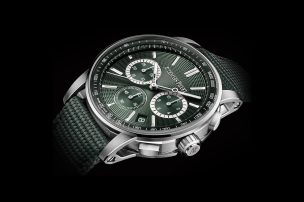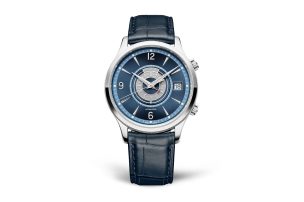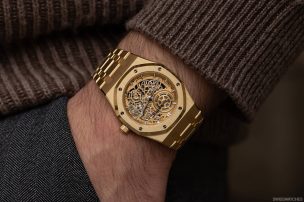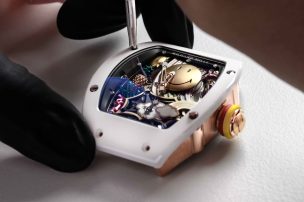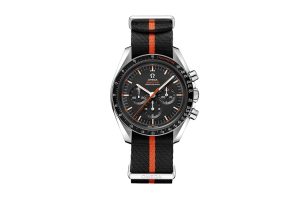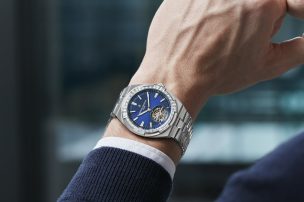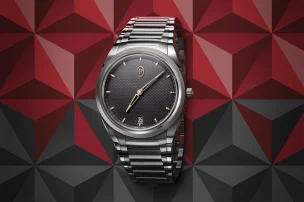
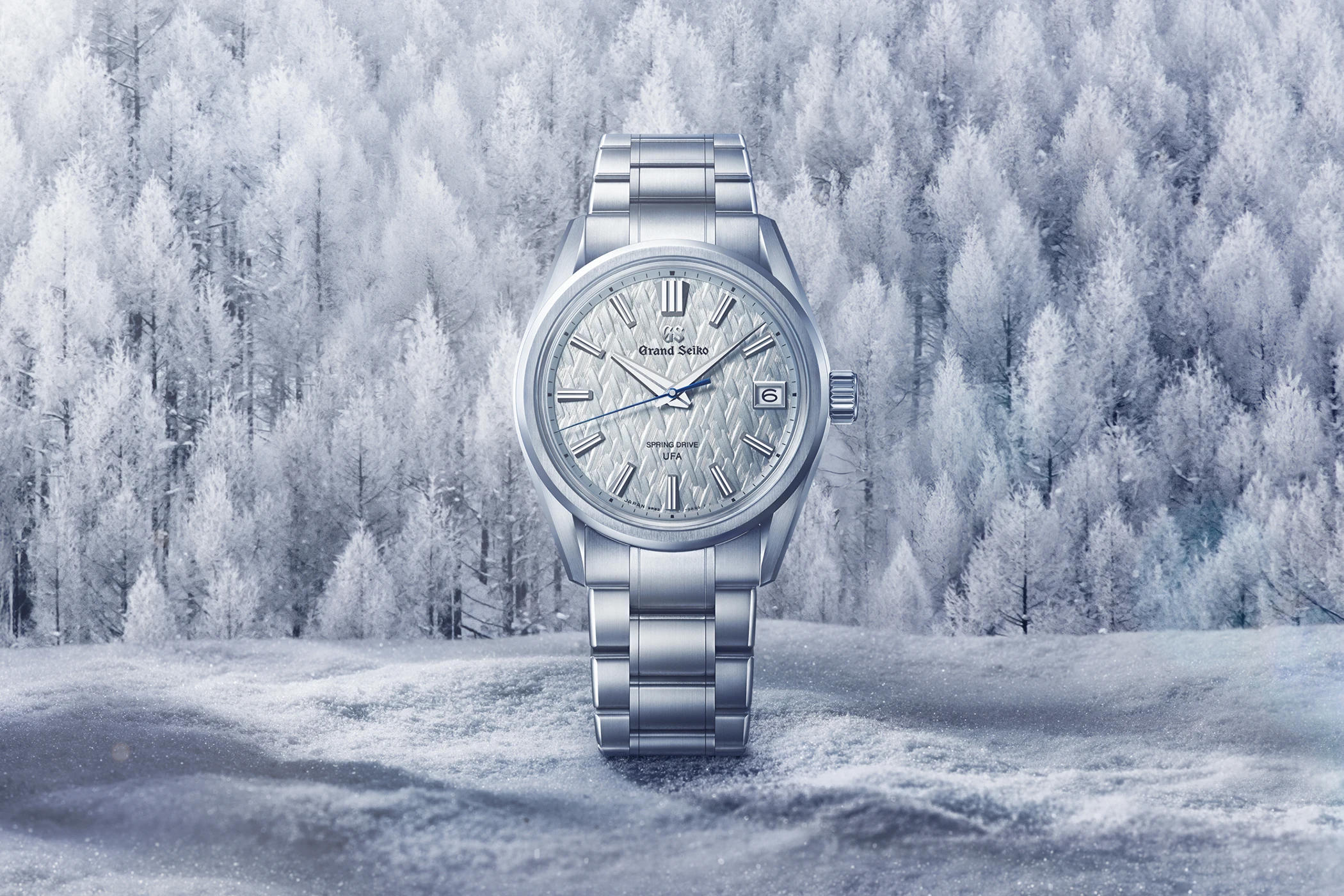
W&W 2025: Grand Seiko Presents Its Most Precise Movement Yet – the New Calibre 9RB2
Japan’s rich cultural heritage evokes countless associations – yet fine watchmaking is rarely among them. This is hardly surprising: many still perceive the Far East as a challenge to the traditional world of mechanical timepieces. After all, it was Japan – more precisely, Seiko – that launched the first commercially produced quartz wristwatch, the 35SQ, in 1969, triggering the quartz crisis that plunged the Swiss watch industry into turmoil.
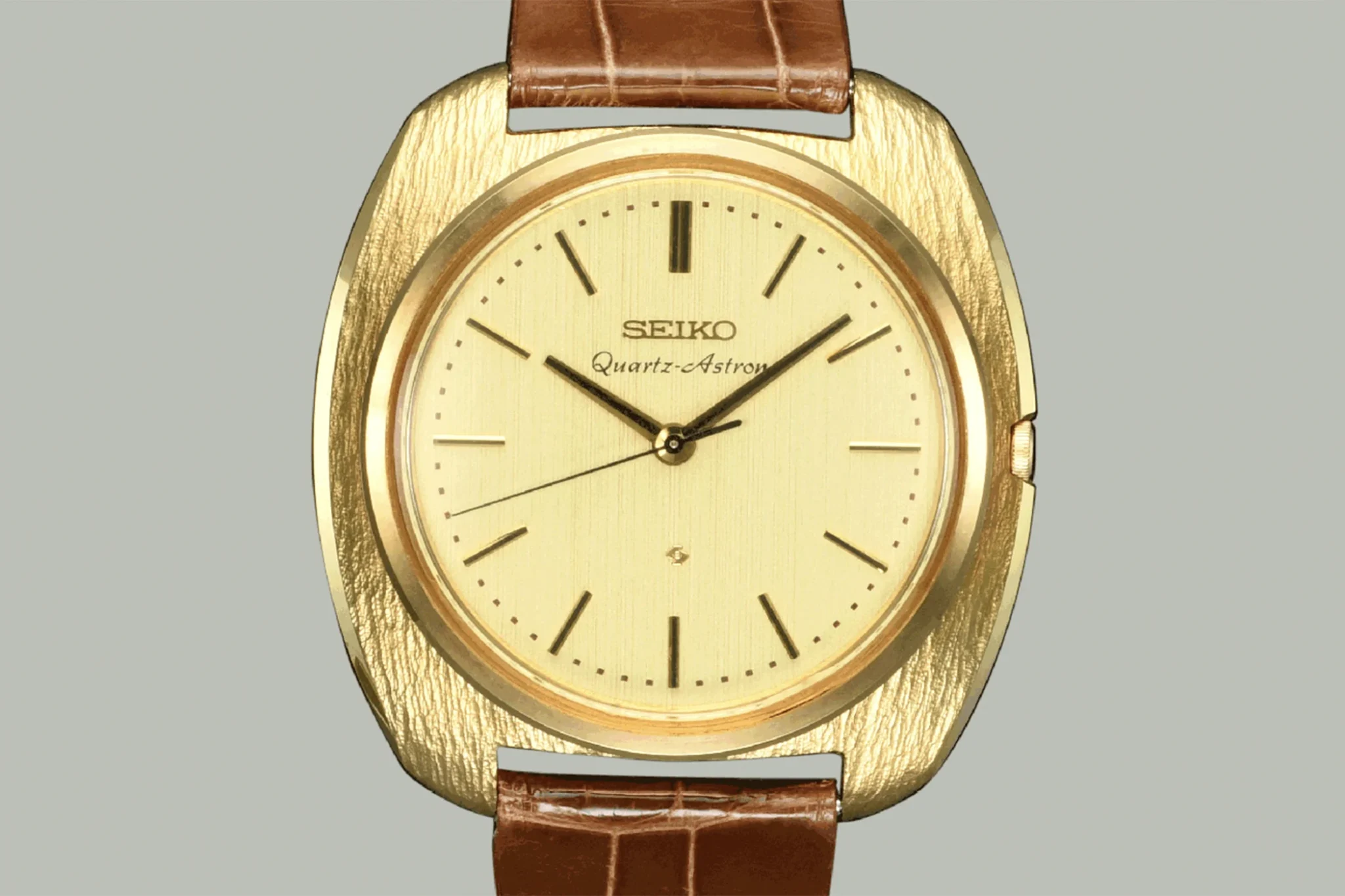
And yet, behind a culture shaped by anime and video games lies a country whose horological landscape is far more nuanced than it may first appear – which brings us to Grand Seiko. Far more than just the prestige brand of the Seiko Group, Grand Seiko exemplifies the confidence and craftsmanship that Japanese watchmaking has cultivated over the past decades.
Founded 65 years ago – nearly a decade before quartz technology shook the European watch industry to its core – Grand Seiko today boasts a fully integrated production process and a rigorously structured training system. This not only fosters long-term commitment among its employees but also enables clearly defined career paths within the brand’s universe. (If you would like to delve deeper into the world of Grand Seiko, I recommend the article by my colleague Alexander Stilcken, who had the opportunity to visit the manufacture in Japan.)

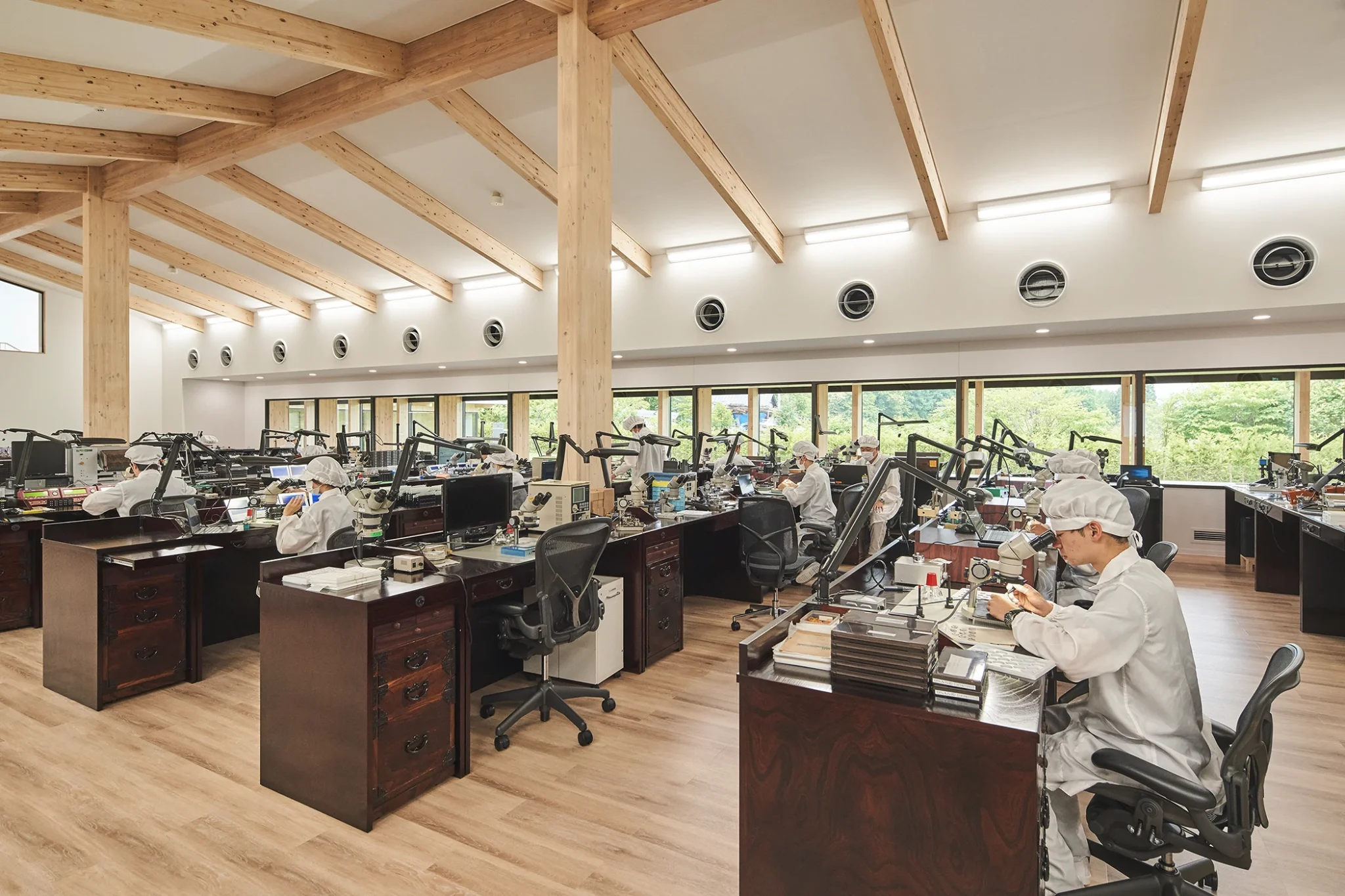
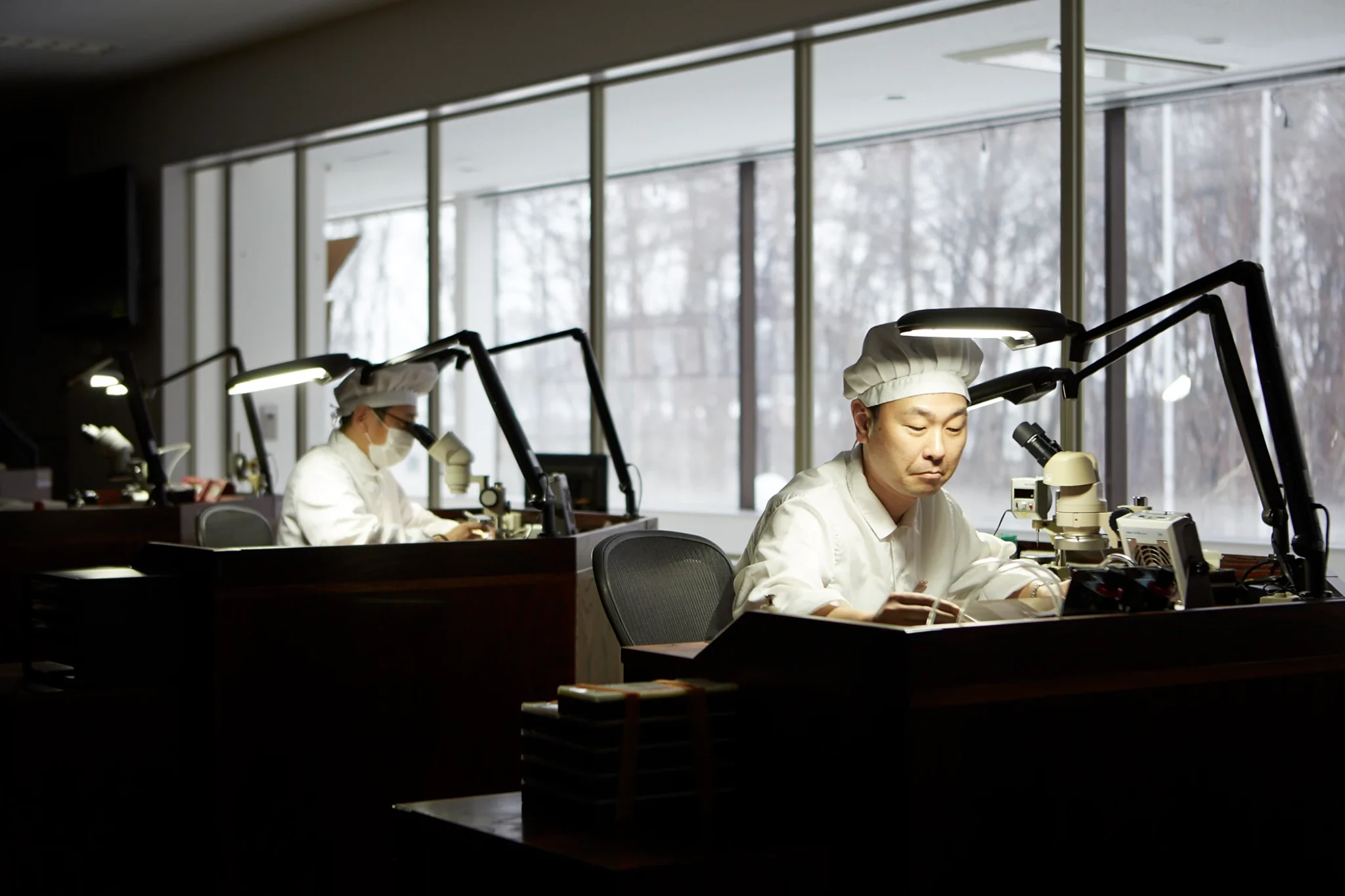
The Spring Drive Movement as Grand Seiko’s Defining Feature
Grand Seiko’s most defining strength – the Spring Drive movement – is not only emblematic of the brand itself, but in many ways of Japan as a whole: a system in which centuries-old traditions meet cutting-edge technology; where the past and future seamlessly converge. Just as Japanese architecture unites timber construction heritage with the verticality of the modern megacity, the Spring Drive marries the emotional depth of mechanical watchmaking with the precision of quartz.
At the heart of this concept lies a crucial difference in time regulation: instead of a traditional escapement, Spring Drive utilises a so-called “glide wheel”, which is controlled and regulated by a quartz oscillator and an integrated circuit. Crucially, Spring Drive contains no battery – the quartz module is powered entirely mechanically via the mainspring.
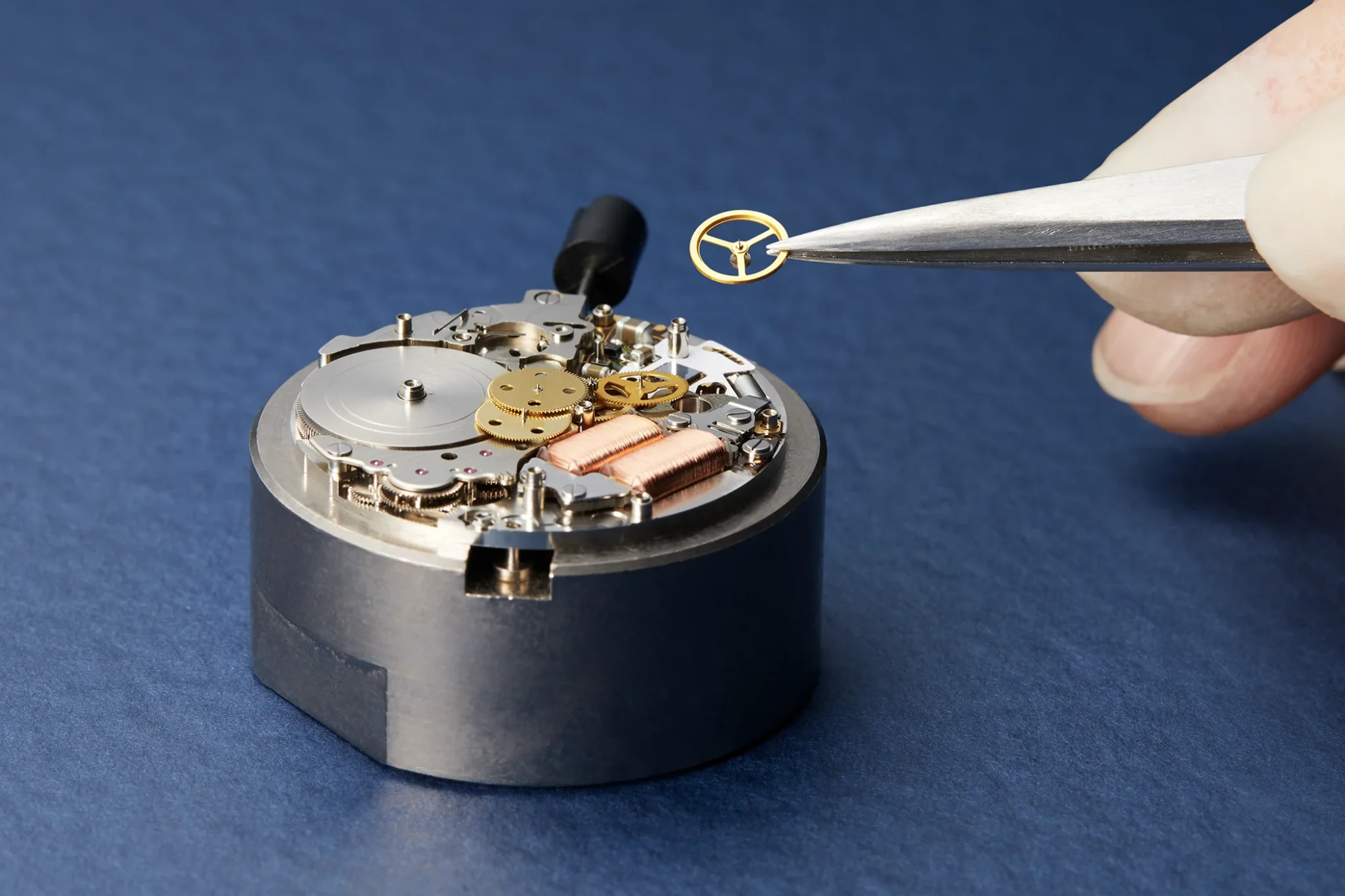
Patented in the late 1970s and first introduced in 1988, Spring Drive eventually culminated in the launch of the 9R65 calibre in 2004. What set this movement apart was its combination of automatic winding and a power reserve of 72 hours with a timekeeping accuracy of ±15 seconds per month – a notable advancement at the time.
Now, Grand Seiko unveils its next major innovation: the automatic Calibre 9RB2, again offering a 72-hour power reserve. Designated with the label ‘Spring Drive UFA’ – where ‘UFA’ stands for ‘Ultra Fine Accuracy’ – this new calibre achieves an astonishing accuracy of ±20 seconds per year. That’s not per day, week, or even month – but across an entire year. With a deviation of only ±3 seconds per month, this makes the movement 12 seconds more precise than its predecessor and positions Grand Seiko as the maker of the most accurate mainspring-driven wristwatch currently available.
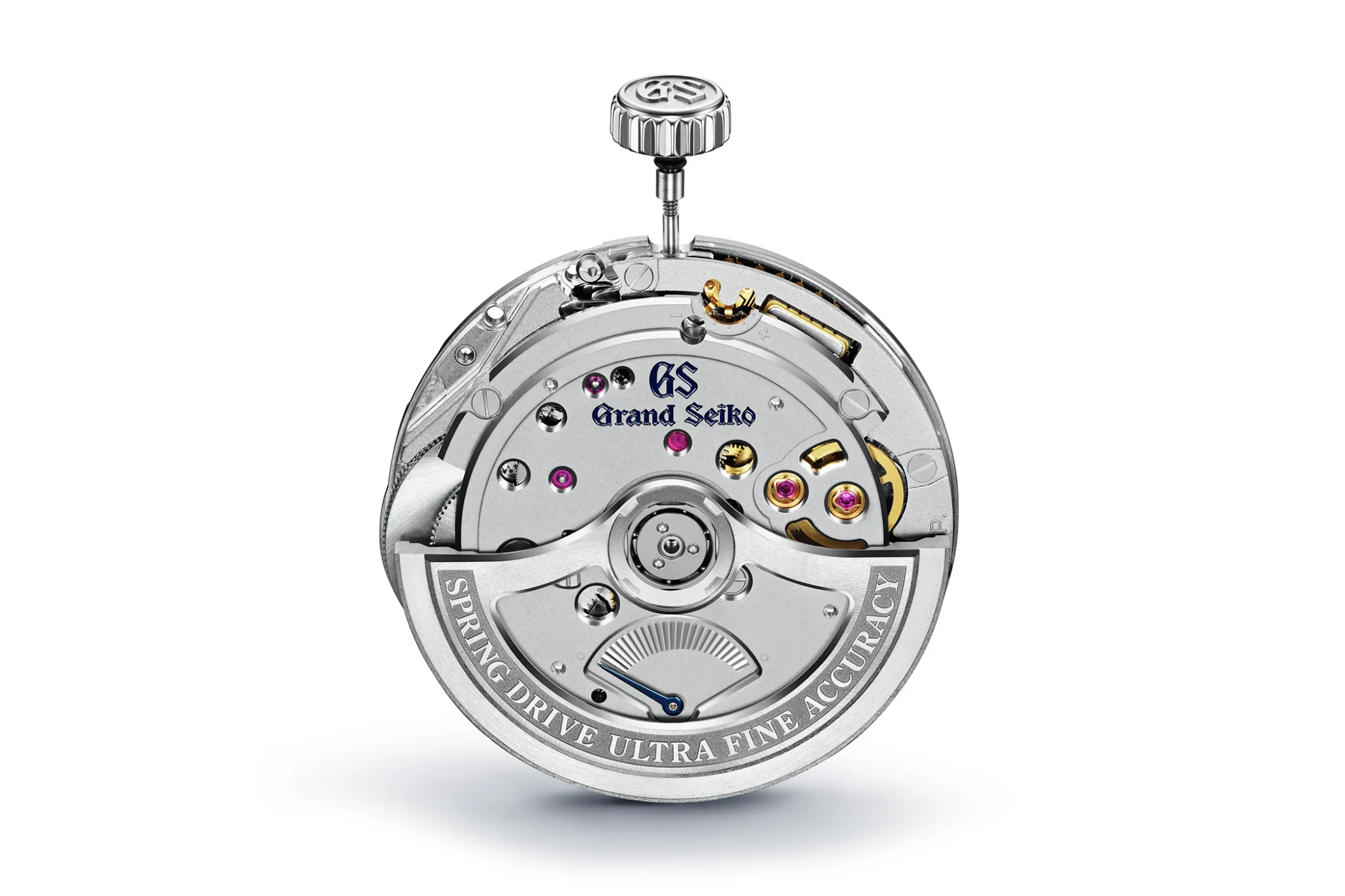
This level of precision is made possible by new and refined manufacturing and finishing techniques for both the quartz oscillator and the integrated circuit. For the first time in a Spring Drive movement, Calibre 9RB2 also features a regulation mechanism that can be used during servicing to correct any timekeeping deviations that may arise over prolonged use.
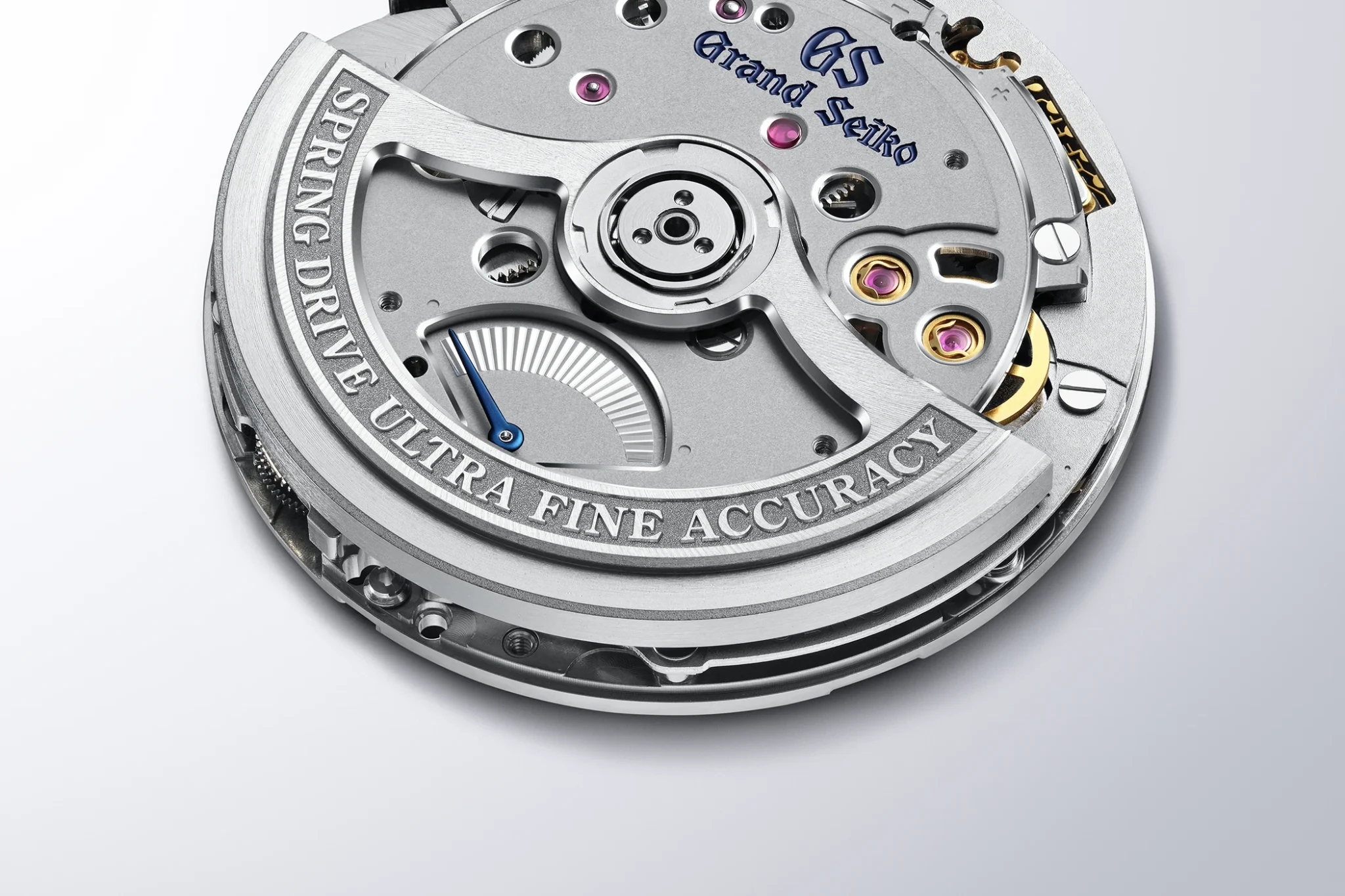
The First Timepieces to Feature the New Calibre 9RB2
The Dials
The newly developed Calibre 9RB2 debuts in two references within the Grand Seiko Evolution 9 Collection: a model crafted from High-Intensity Titanium (Ref. SLGB003), which is approximately 30% lighter than stainless steel, and a second version in Platinum 950 (Ref. SLGB001). As part of the Evolution 9 Collection, both watches adhere to a design philosophy first established by the 44GS in 1967, one that aims to unite innovation with tradition.
Another guiding principle of the collection is the ambition to create timepieces that are not only technically refined but also embody the aesthetic spirit of Japan. The dial – treated as a canvas – is pressed with up to 200 tonnes of force to create a textured pattern inspired by Japanese landscapes.
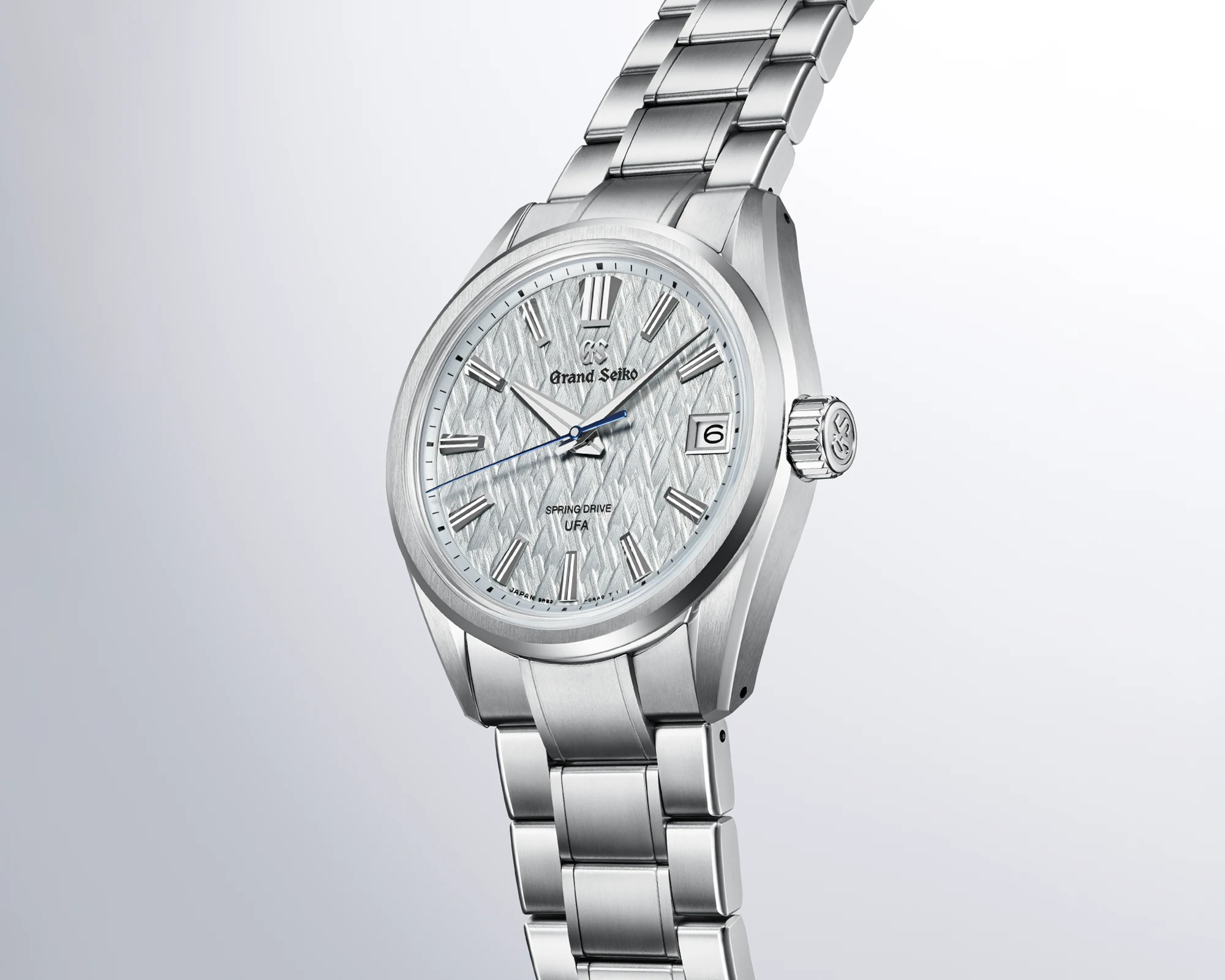
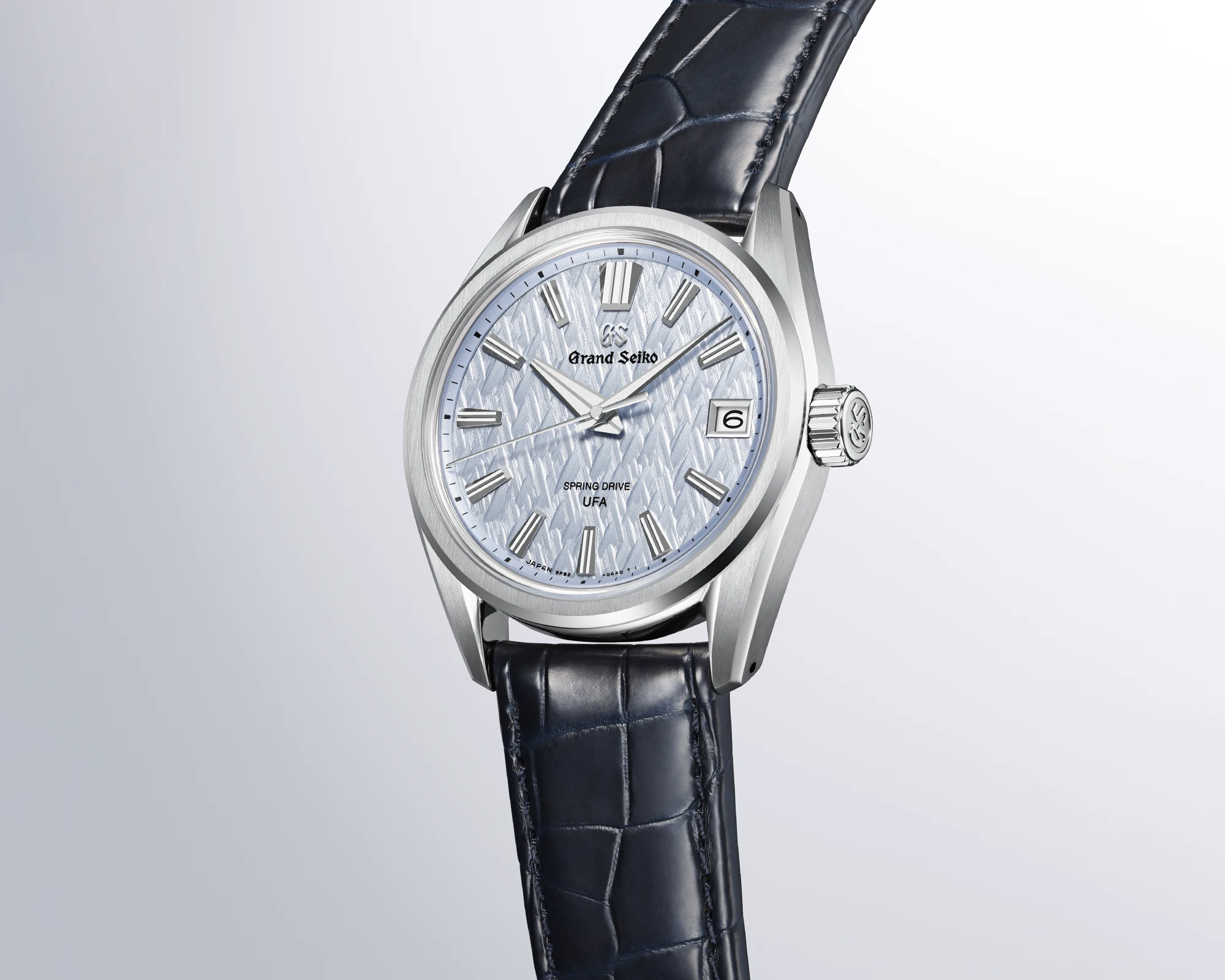
In this instance, the motif evokes the frost-covered trees of the Kirigamine Highlands during the winter months. The dial of the titanium model features a silvery blue hue, accentuated by a blue seconds hand. By contrast, the platinum version showcases a darker shade of blue, over which a silver-coloured seconds hand sweeps. Both models bear the inscription “SPRING DRIVE UFA” at the six o’clock position.
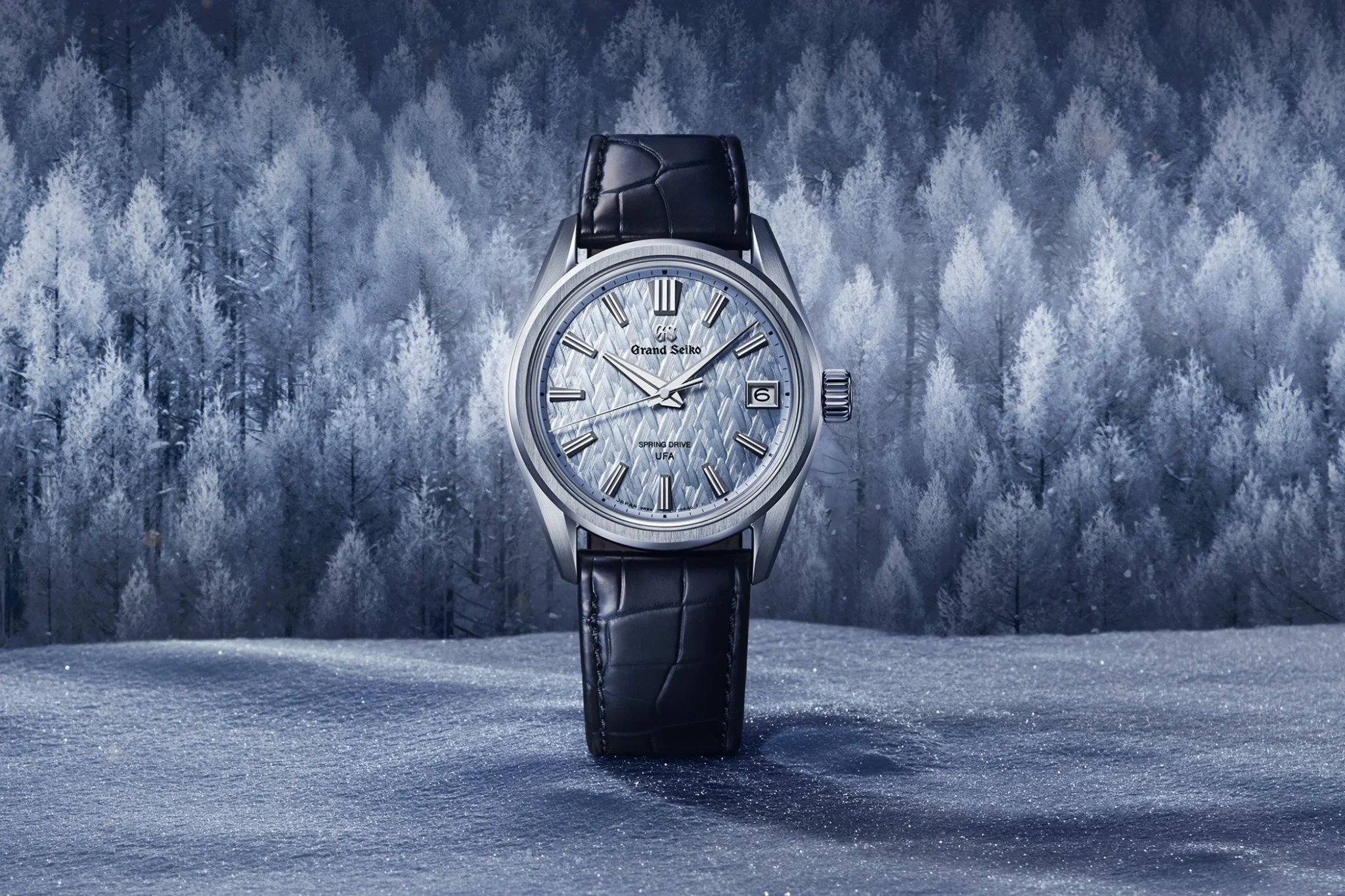
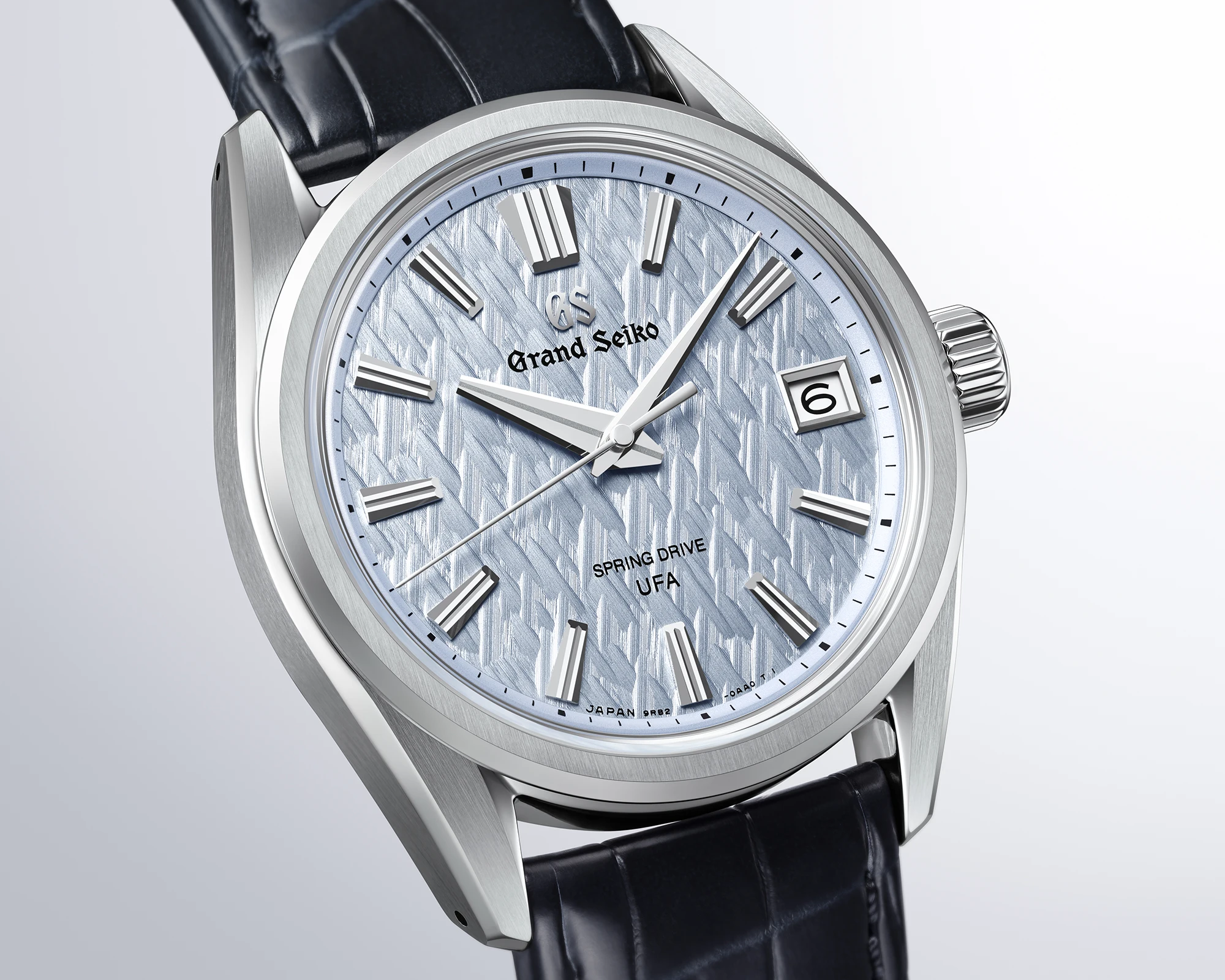
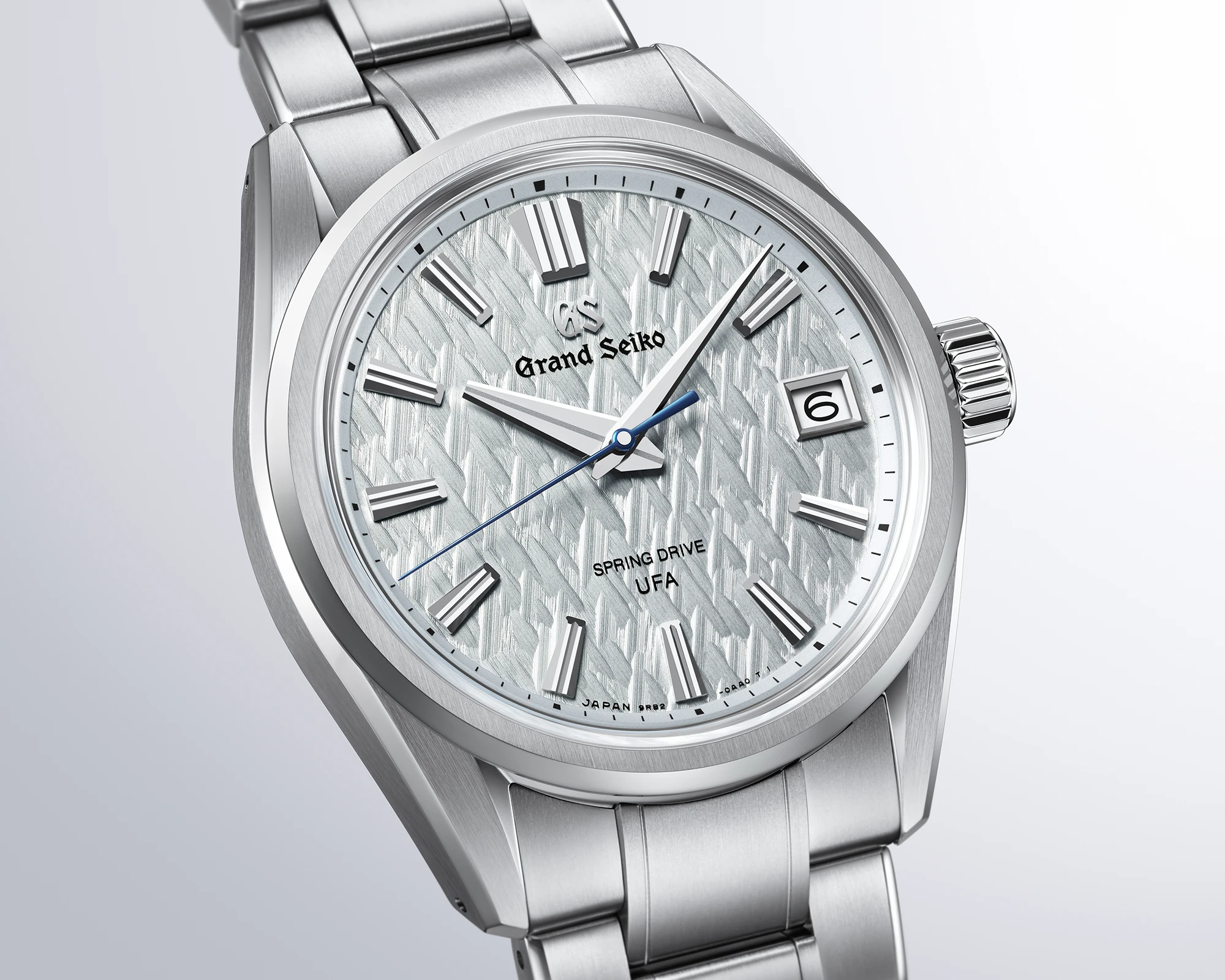
The Case
Both new Spring Drive references from the Grand Seiko Evolution 9 Collection are produced at the Shinshu Watch Studio in Shiojiri, Nagano Prefecture. Here, in a workshop defined by its practical and focused environment, Grand Seiko upholds the same high standards found across all its manufacturing sites: even the smallest applied indices are meticulously positioned by hand, and each movement is assembled with the utmost care.

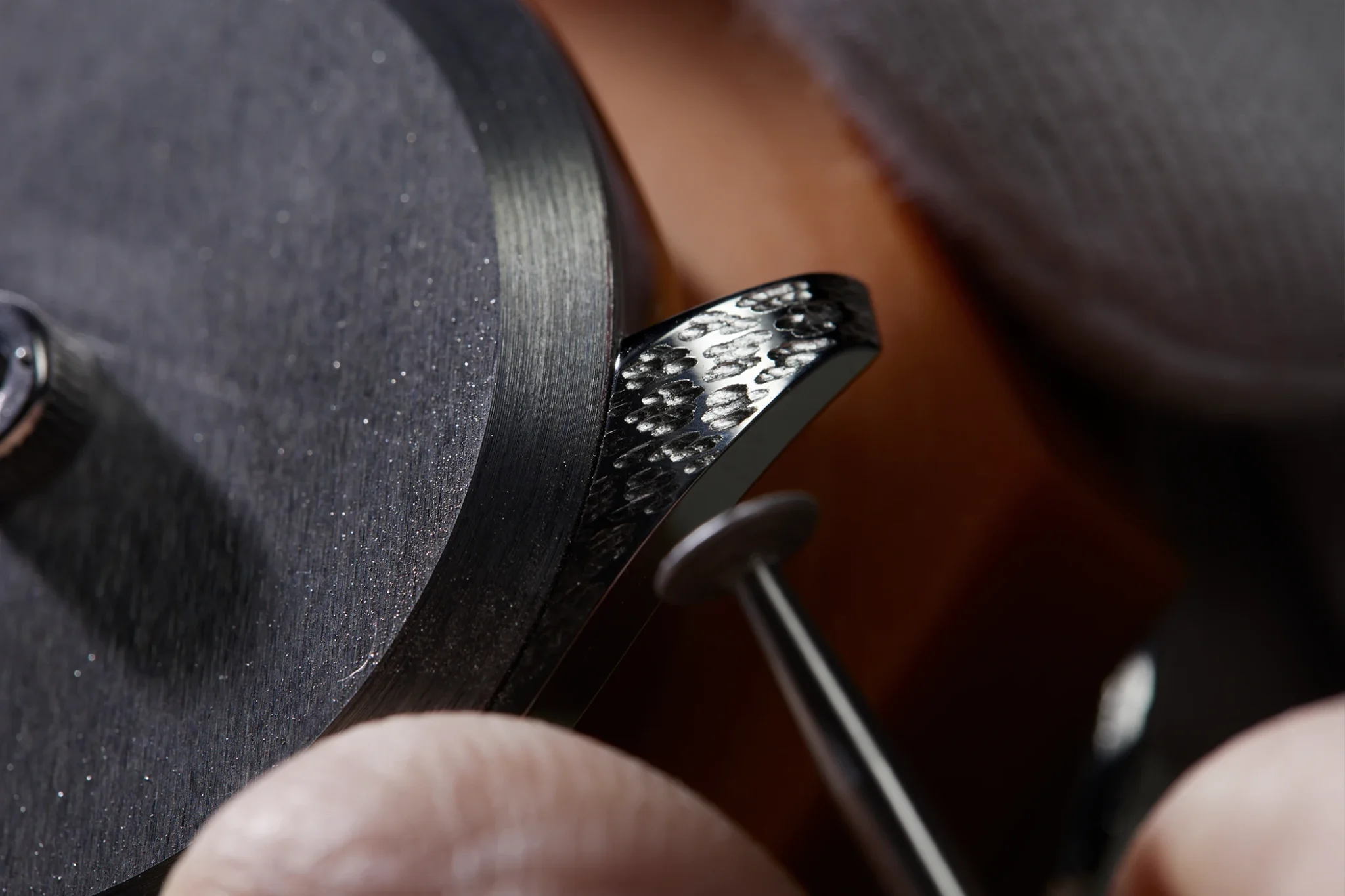
It is also here that the renowned Zaratsu polishing technique is employed, giving the cases their distinctive blend of mirror-finished flanks and brushed surfaces. This dual treatment defines the refined aesthetic of the 39 mm case diameter. The case height measures 11.4 mm, and both timepieces offer a water resistance of 100 metres (10 bar).
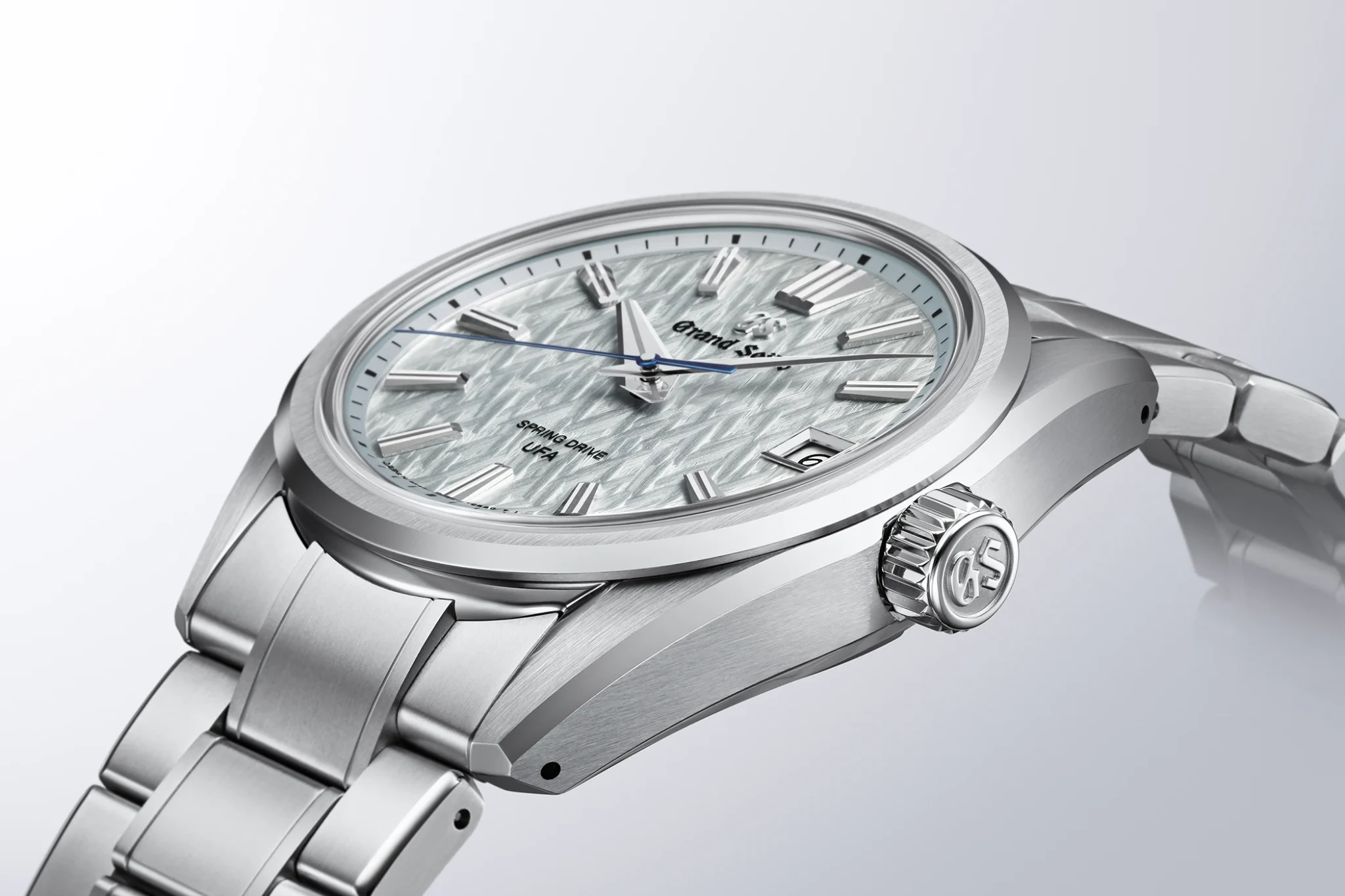
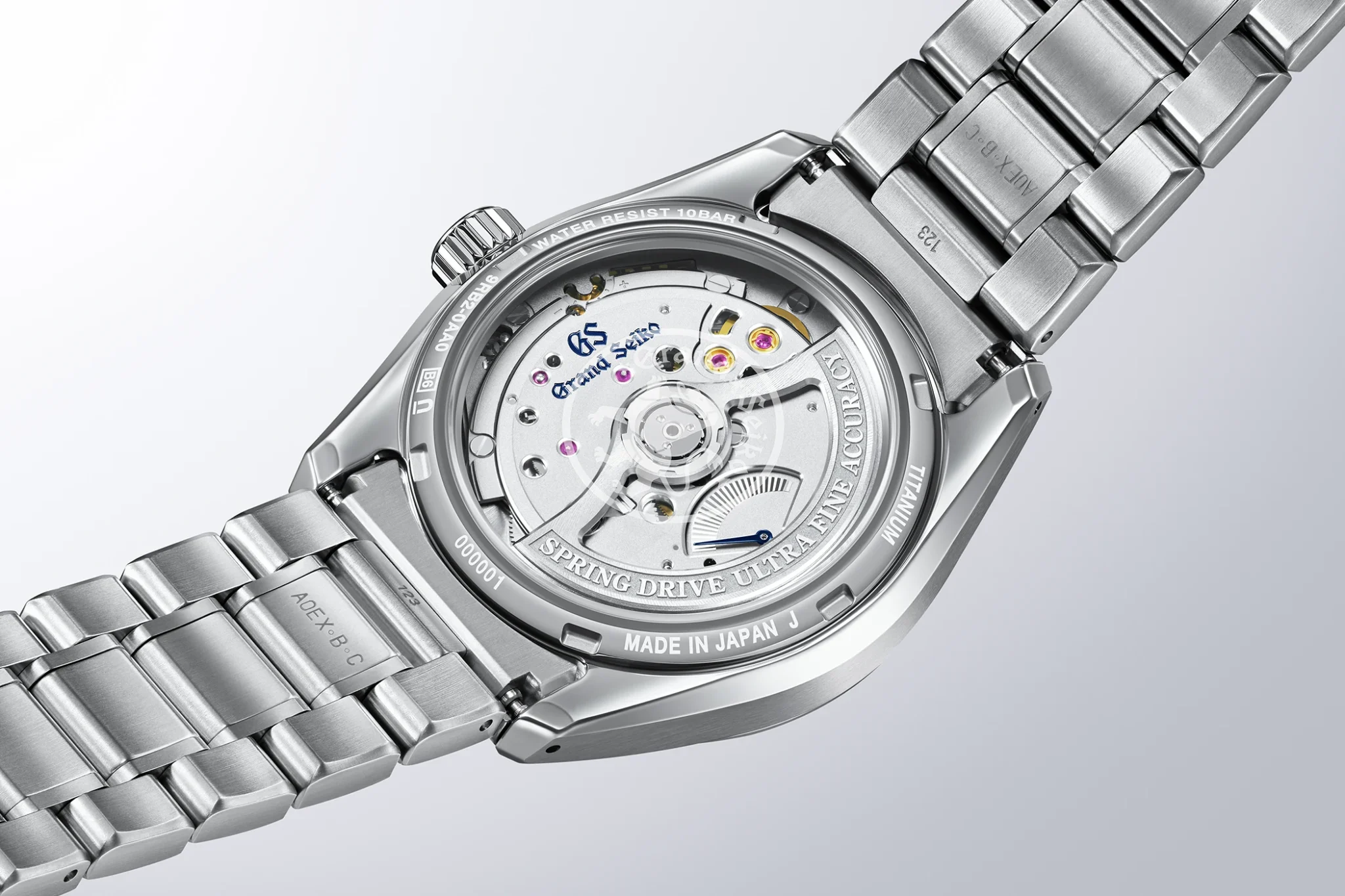
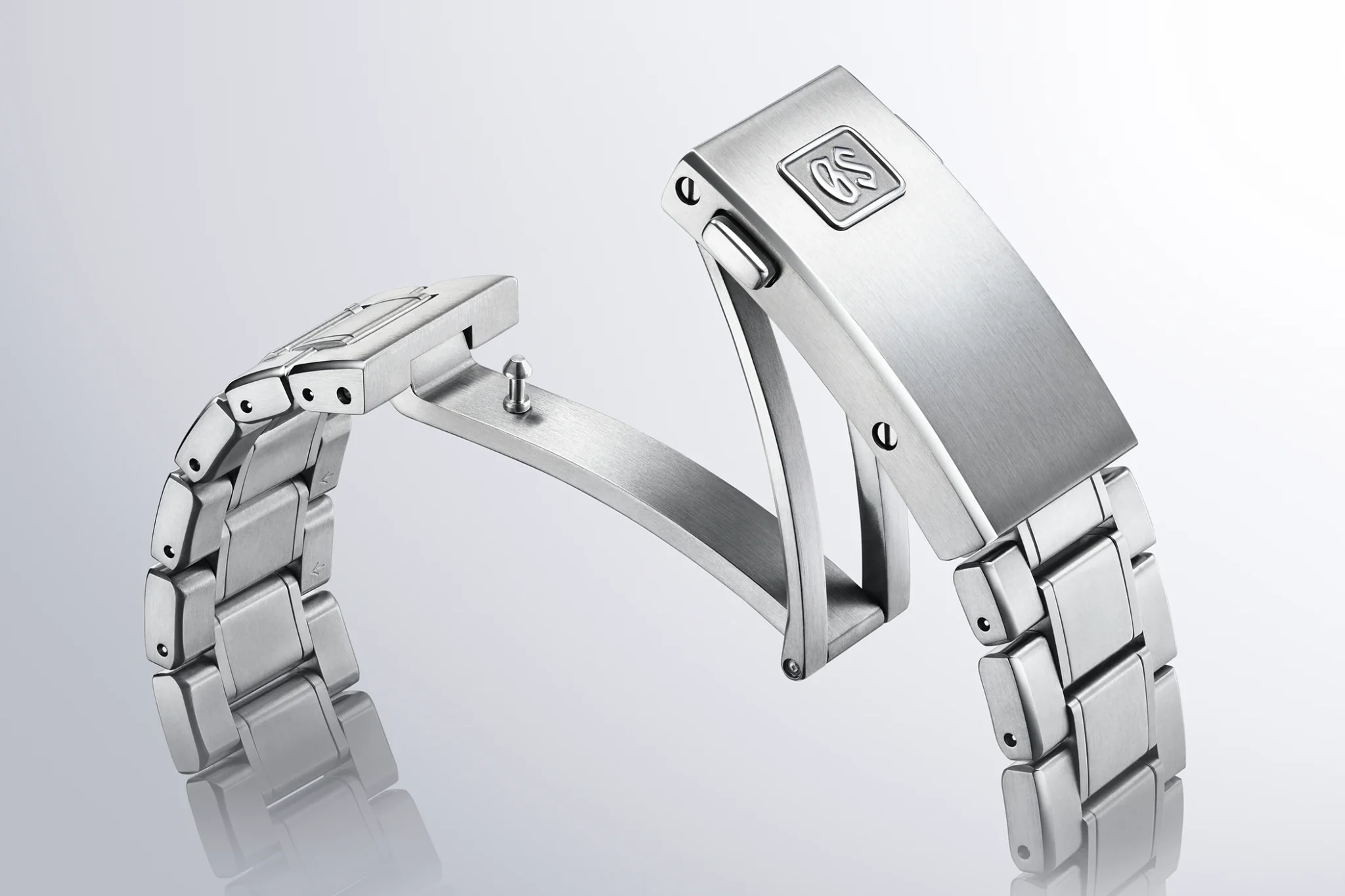
Price & Availability of the New Models from the Grand Seiko Evolution 9 Collection
Both variants from the Grand Seiko Evolution 9 Collection will be available for purchase from June 2025. The Platinum 950 version (Ref. SLGB001) will be released in a limited edition of just 80 pieces, available exclusively at Grand Seiko boutiques. The titanium version (Ref. SLGB003) will be offered both in Grand Seiko boutiques and at selected retail partners worldwide. The limited platinum edition is priced at €42,000, while the titanium model will be available at €12,000.
